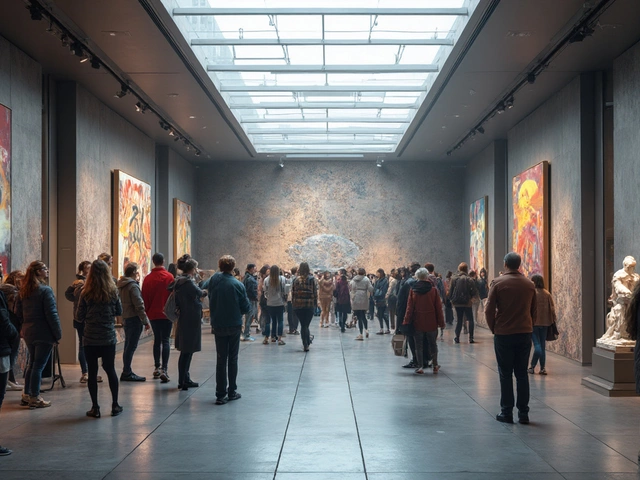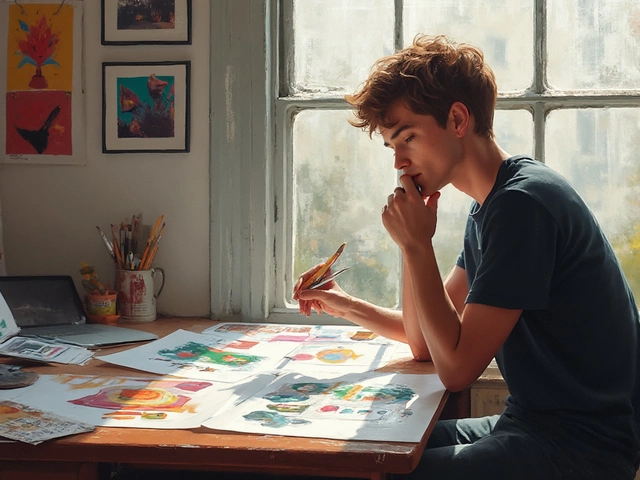Digital Artist Salary: What to Expect and How to Grow Your Earnings
When working with Digital Artist Salary, the income earned by artists who create illustrations, concept art, and visual assets using digital tools. Also known as online art earnings, it varies widely based on skill level, niche, and market demand.
One of the biggest drivers of that income is Art Pricing, the process of setting rates for commissions, licensing, and product sales. Good pricing strategy directly influences how much you can charge and, ultimately, your overall salary. Another key piece is Freelance Artist Income, the earnings a self‑employed digital creator makes from clients, platforms, and direct sales, which often makes up the bulk of a digital artist’s paycheck.
Key Factors That Shape Your Earnings
First, skill level matters. Beginners usually start with lower rates while they build a portfolio, whereas seasoned professionals can command premium fees. Second, the niche you serve matters. Gaming, advertising, and book illustration tend to pay more than hobbyist commissions. Third, client type matters: corporate contracts often offer retainer agreements that provide steady cash flow, while individual commissions can be flashy but unpredictable. These three elements together form the core of the digital artist salary equation.
Art Market Trends, current shifts in demand for certain styles, platforms, and distribution channels also play a crucial role. When a new visual trend takes off on social media, artists who can adapt quickly see a spike in requests and higher rates. Conversely, a saturated market can push prices down, forcing artists to diversify their income streams.
Speaking of diversification, Art Exhibition Revenue, the money earned from showing work in galleries, virtual exhibitions, and pop‑up events adds another layer to the salary picture. Even though many digital artists work entirely online, exhibiting work can lead to sales, licensing deals, and valuable networking opportunities that boost overall earnings.
Putting these pieces together, you can see how digital artist salary encompasses freelance artist income, is influenced by art pricing, reacts to art market trends, and can be supplemented by art exhibition revenue. Understanding each link helps you make smarter decisions about where to focus your effort.
Now that you know the main factors, you’ll want concrete steps to improve your earnings. Look for ways to raise your rates gradually as your portfolio grows, explore new niches with higher budgets, and keep an eye on emerging trends that align with your style. Also, consider adding passive income streams like selling prints, offering online courses, or licensing your work for merchandise. These tactics will show up in the articles below, where we break down specific techniques, pricing formulas, and market insights you can apply right away.
Below you’ll find a curated list of posts that dive deeper into each of these topics – from practical pricing guides to market trend analyses and tips for turning exhibitions into revenue. Use them as a roadmap to turn the basics you’ve just read into actionable steps that can raise your digital artist salary over time.
Who Is the Highest Paid Digital Artist in 2025?
Beeple leads as the highest paid digital artist, but Pak and Mad Dog Jones also command multi‑million earnings. Explore their sales, market forces, and what the future holds for digital art income.
Continue Reading




